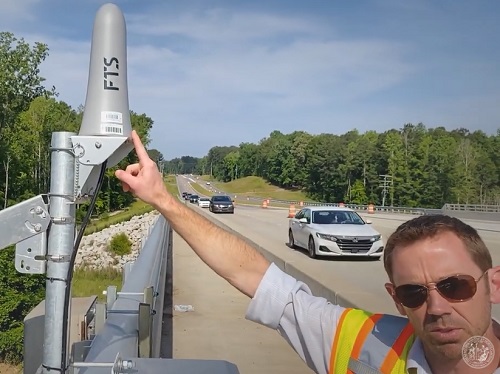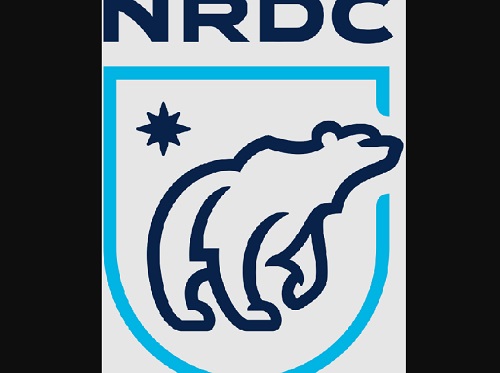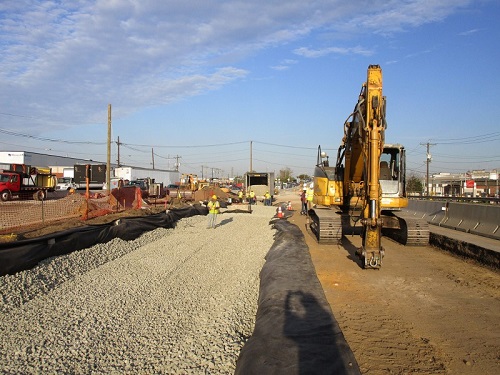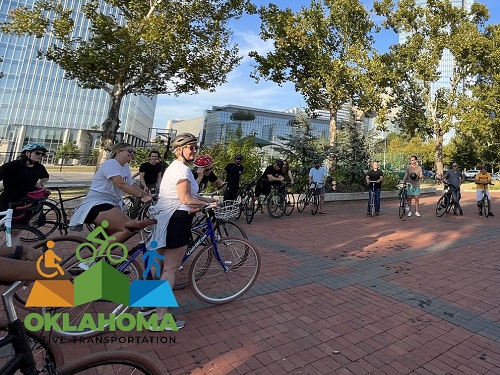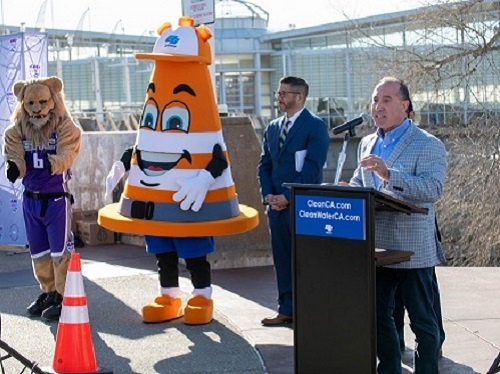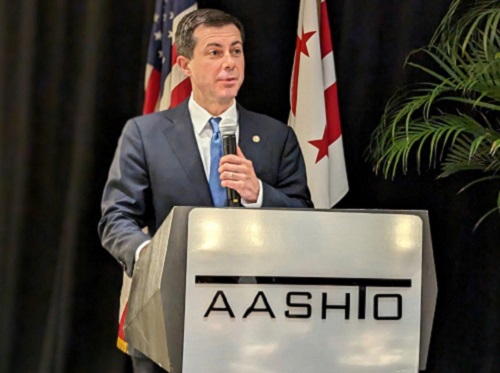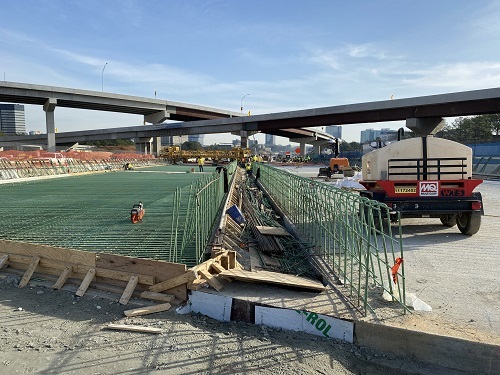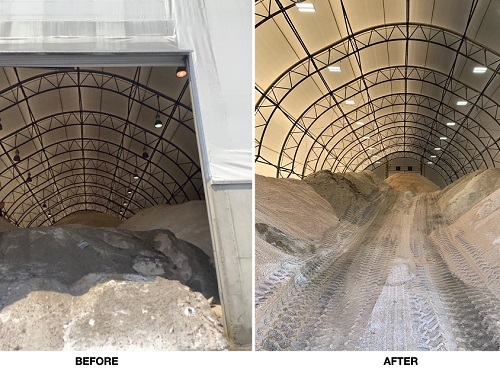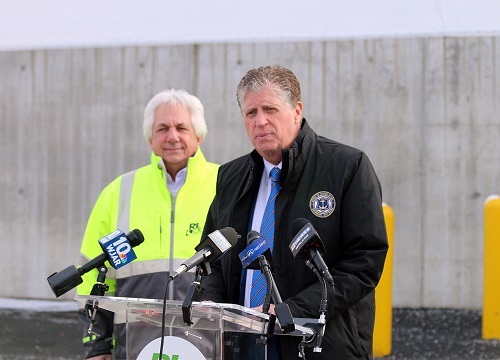The Federal Highway Administration awarded 2024 Environmental Excellence Awards or EEAs to several state departments of transportation projects and programs.
[Above photo by NCDOT]
Those awards are being handed out at the joint meeting of the American Association of State Highway and Transportation Officials Committee on Environment and Sustainability and Committee on Transportation System Security and Resilience occurring this week in Virginia Beach, VA.
Since the program started in 1995, the FHWA said its biennial EEA program has recognized outstanding transportation projects, processes, and organizations that incorporate environmental stewardship into the planning and project development processes using FHWA funding sources.
The EEA program is coordinated with FHWA’s Offices of Human Environment, Natural Environment, plus Project Development and Environmental Review to reflect the notion that “environment” means a connection to both human and natural environmental systems.
The winning projects and programs for 2024 are:
- The California Department of Transportation’s Fish Passage Program.
- The District of Columbia Department of Transportation’s Pennsylvania Avenue SE Multimodal Project.
- The Colorado Department of Transportation’s Air Quality Monitoring and Public Alert System.
- The North Carolina Department of Transportation’s Flood Inundation Mapping Program.
- The Arkansas Department of Transportation’s “Relocating a Rare Crayfish: Jefferson County” Project.
- The Oregon Department of Transportation’s I-5 Rose Quarter Improvement Project.
- The Kentucky Transportation Cabinet’s Second Street (US 60) Corridor Grant Project.
- The Oklahoma Department of Transportation’s Gilcrease Expressway Corridor Coordination Project.
- The New Hampshire Department of Transportation’s Bartlett Brook Fish Passage Improvement
- The Georgia Department of Transportation’s “Bats in Transportation Structures” Program.
- The Nevada Department of Transportation’s “Wildlife Collision/Habitat Connectivity” Pooled Fund Project.
- The Tennessee Department of Transportation’s “Tires to Trails: A Full Circle” Project.
- The Virginia Department of Transportation’s “Driving Transportation Sustainability” Project.
- The New York Department of Transportation’s Nassau Expressway Operational/Resiliency Project.

